How to clean stainless steel appliances - 5 expert-approved tips to banish smears and stains
Follow this advice from the experts to make your stainless steel appliances sparkle
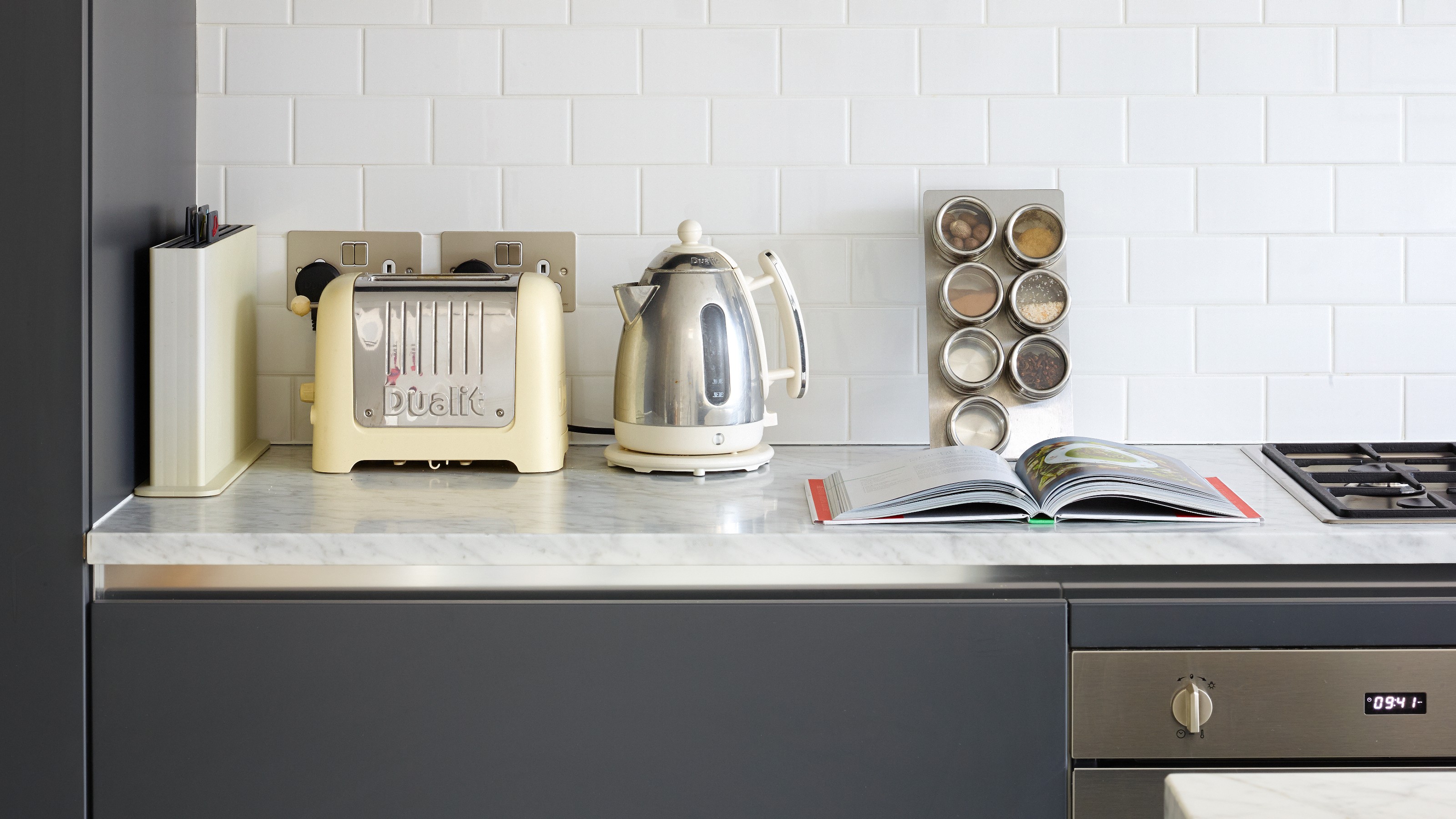

Stainless steel appliances are a firm favourite for many of us, but if they've got one downfall, it's that they retain smears and end up looking grubbier than we'd like. Fortunately, once you know how to clean stainless steel appliances, you can keep your gadgets looking shiny and new after every use.
If you've invested in one of the best kettles or best toasters, knowing the proper way to clean them is a must - and even more so if they're stainless steel. Aside from showing smears, stainless steel is susceptible to scratches, so it's important you know the do's and don'ts before you start to cleaning your appliances.
So just like there's a way to clean stainless steel pans, there's a method to cleaning appliances made from the material too. The experts have shared their top five tips so you can get your stainless steel appliances looking as good as new.
How to clean stainless steel appliances - 5 expert tips

'Nothing beats the sleek and sophisticated look of brand-new stainless steel appliances, however due to the nature of stainless steel, it's often prone to showing streaks, fingerprints and water marks, and over time can soon start to lose its shine,' says Rob Falconer, head of product, ProCook.
'Some stainless steel appliances are coated with a layer of protective film, and if the coating becomes scratched or chipped, the steel underneath becomes susceptible to damage.'
Whether it's on your list of cleaning jobs to do in October or you can no longer ignore the marks and stains, now is an ideal time to learn how to clean stainless steel appliances. Here's all the expert advice you need.
What you'll need
- Microfiber cloths, like this pack of 4 for £3
- Warm water
- Stainless steel cleaner, like Method's, £4.49 at Amazon
- OR white vinegar or baking soda
- Glass cleaner spray, like this one for £3.18 (currently on offer for £1)
1. Clean the appliances regularly
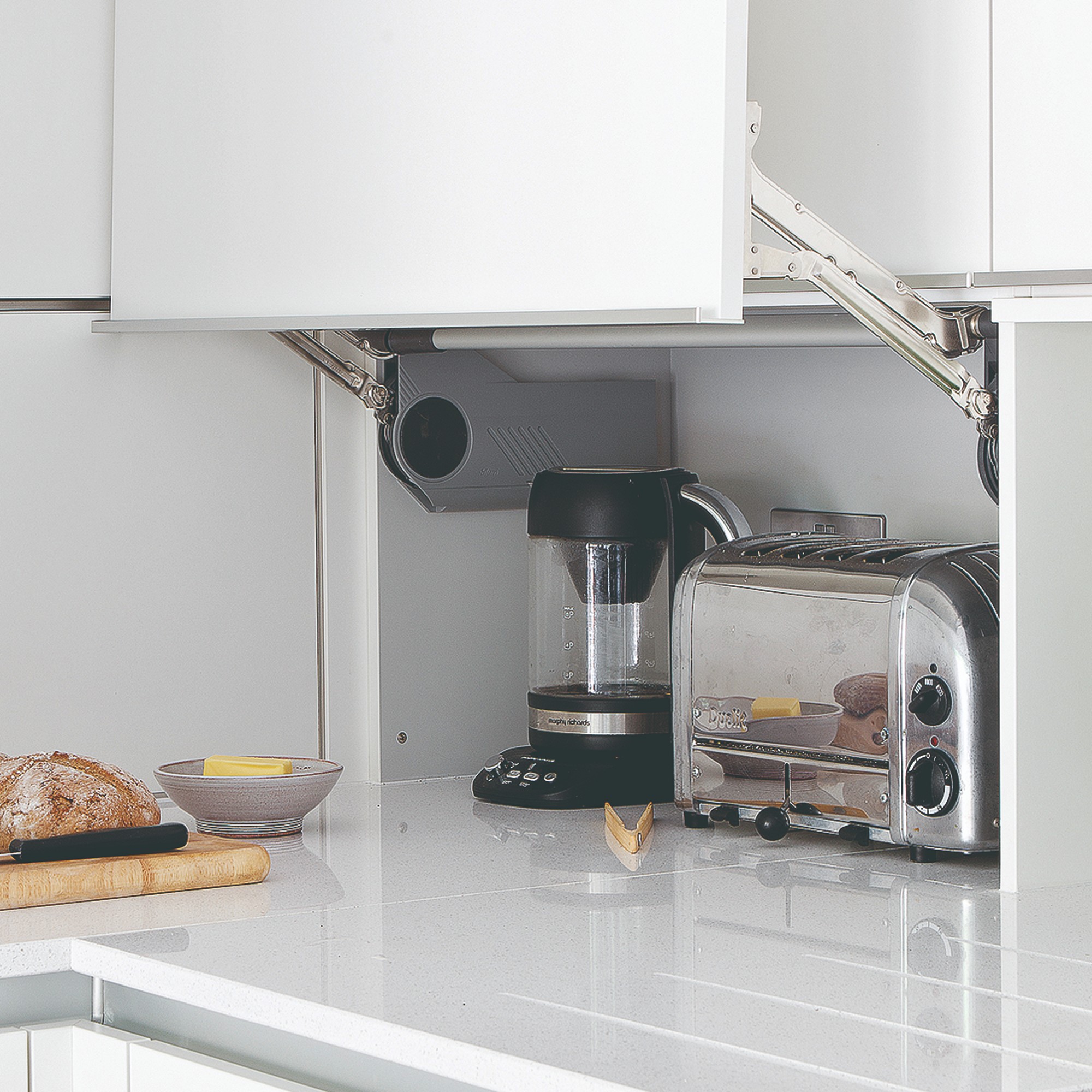
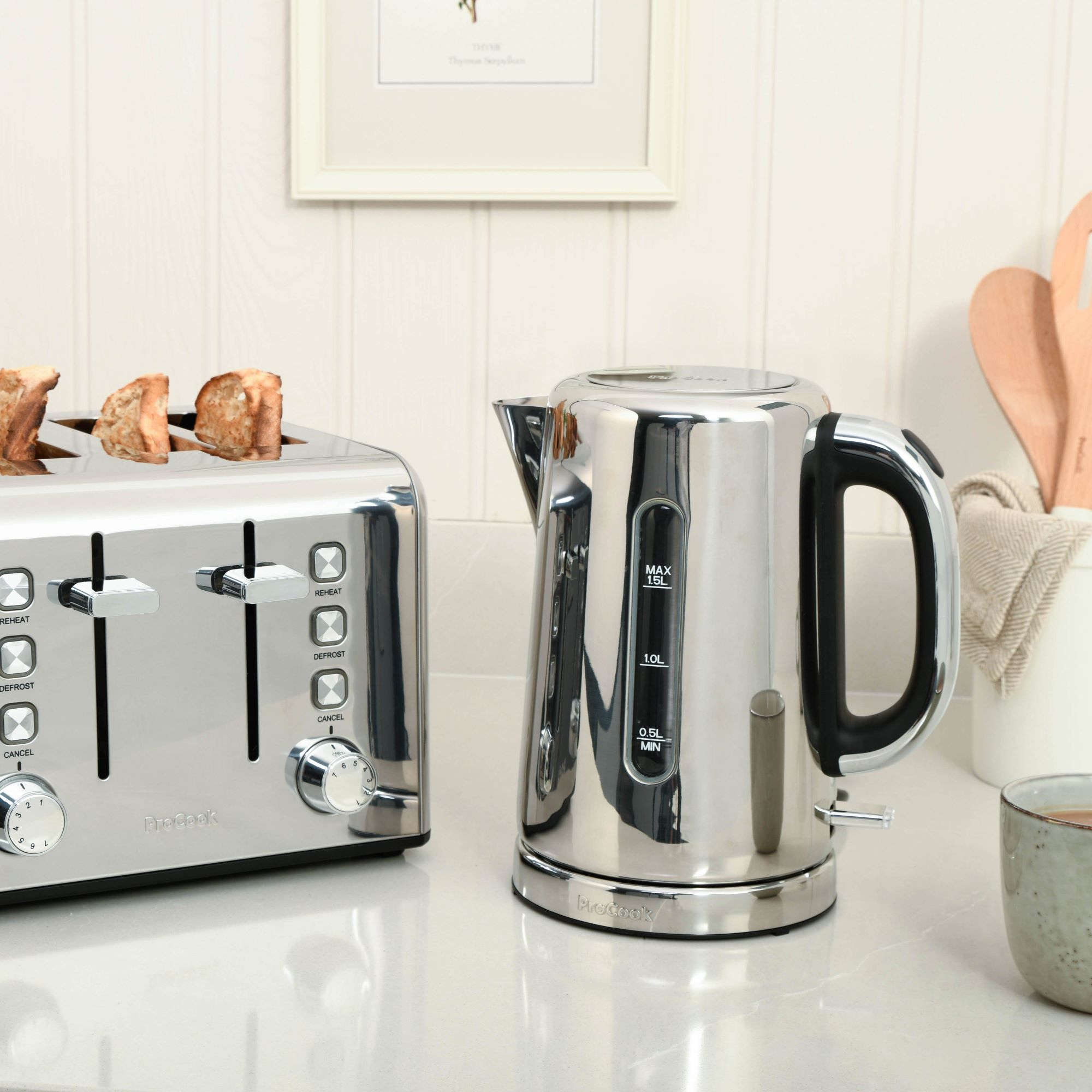
To avoid the build-up of tough stains, stainless steel needs to be cleaned regularly, ideally a couple of times a week. This will make learning how to clean stainless steel appliances a lot easier, because there should be less marks to get rid of.
Sign up to our newsletter for style inspiration, real homes, project and garden advice and shopping know-how
'Use a damp microfiber cloth with mild washing up liquid to gently wipe down the surface of the appliance,' says Gervaise Ovin, Professional Cleaner, Wecasa. 'Always clean in the direction of the grain to avoid streaks, then rinse with clean water and dry with a soft cloth to prevent water spots.'
2. Finding the grain
'It’s worth noting that stainless steel has a ‘grain’ – much like wood,' says Rob from ProCook. 'Finding the grain and wiping or polishing in the same direction can give the appliance extra shine.'
The grain direction is the direction in which faint lines run along the surface of the stainless steel. You should be able to see this if you look closely - once you know the direction of the grain, always wipe down the surface in the same direction. Going against the grain is a common mopping mistake when cleaning floors, and it usually causes a streaky finish - the same goes for stainless steel appliances.
3. Avoid harsh scourers and chemicals
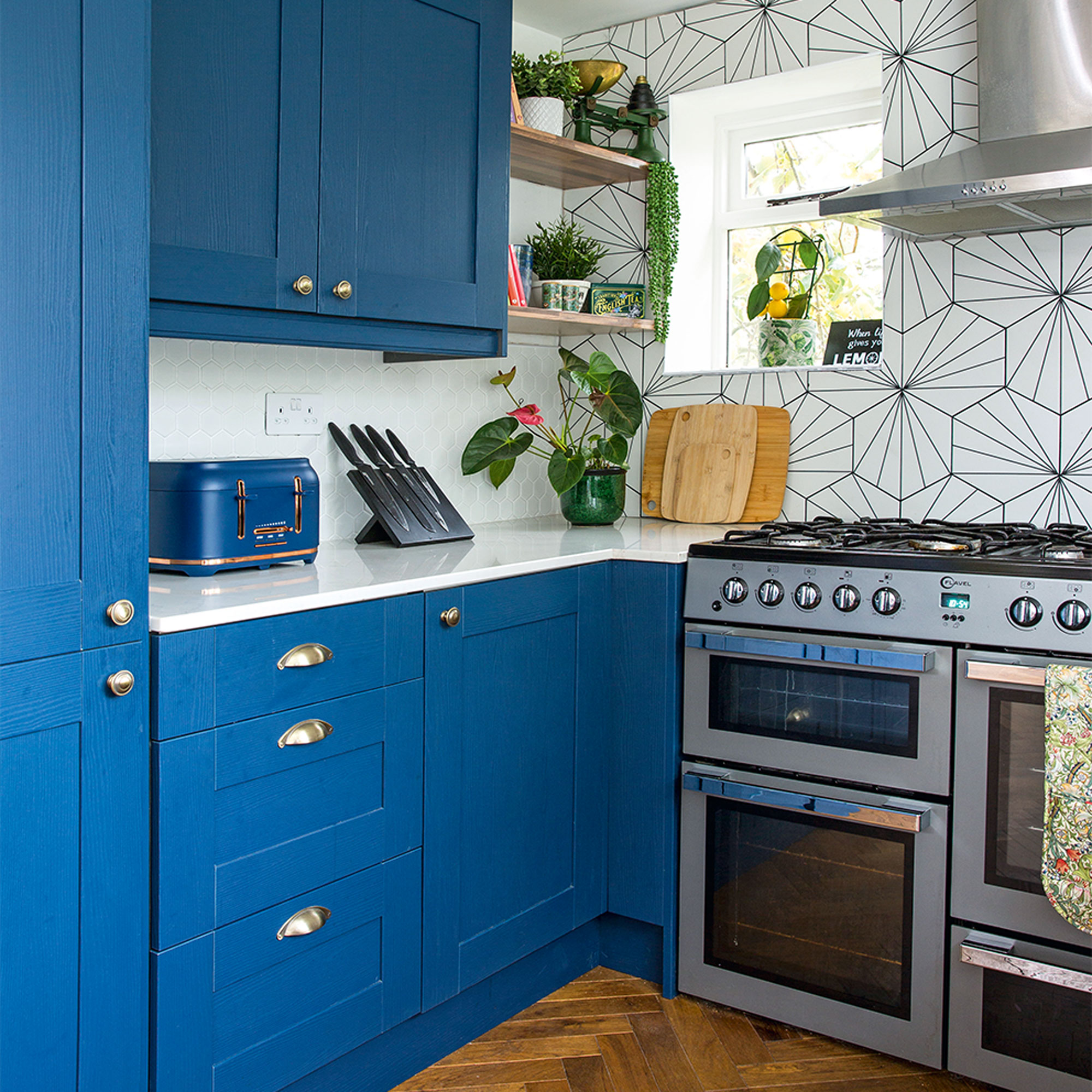
The last thing you want when learning how to clean stainless steel appliances is to leave scratches and marks on the surfaces. The experts warn that a cleaning habit to avoid when it comes to stainless steel is to go in with abrasive scourers and chemicals, as these will cause irreversible wear and tear to the appliance.
'For tougher stains or more stubborn marks, a stainless steel cleaner can be applied,' says Natalie Harrison, head of e-commerce, Dualit. 'But make sure it isn’t chemical, abrasive or contains ammonia.'
You can buy specific stainless steel cleaner, like this one for £3 from Amazon - or you can use natural alternatives, like white vinegar, baking soda, and lemon juice.
4. Remove tough stains
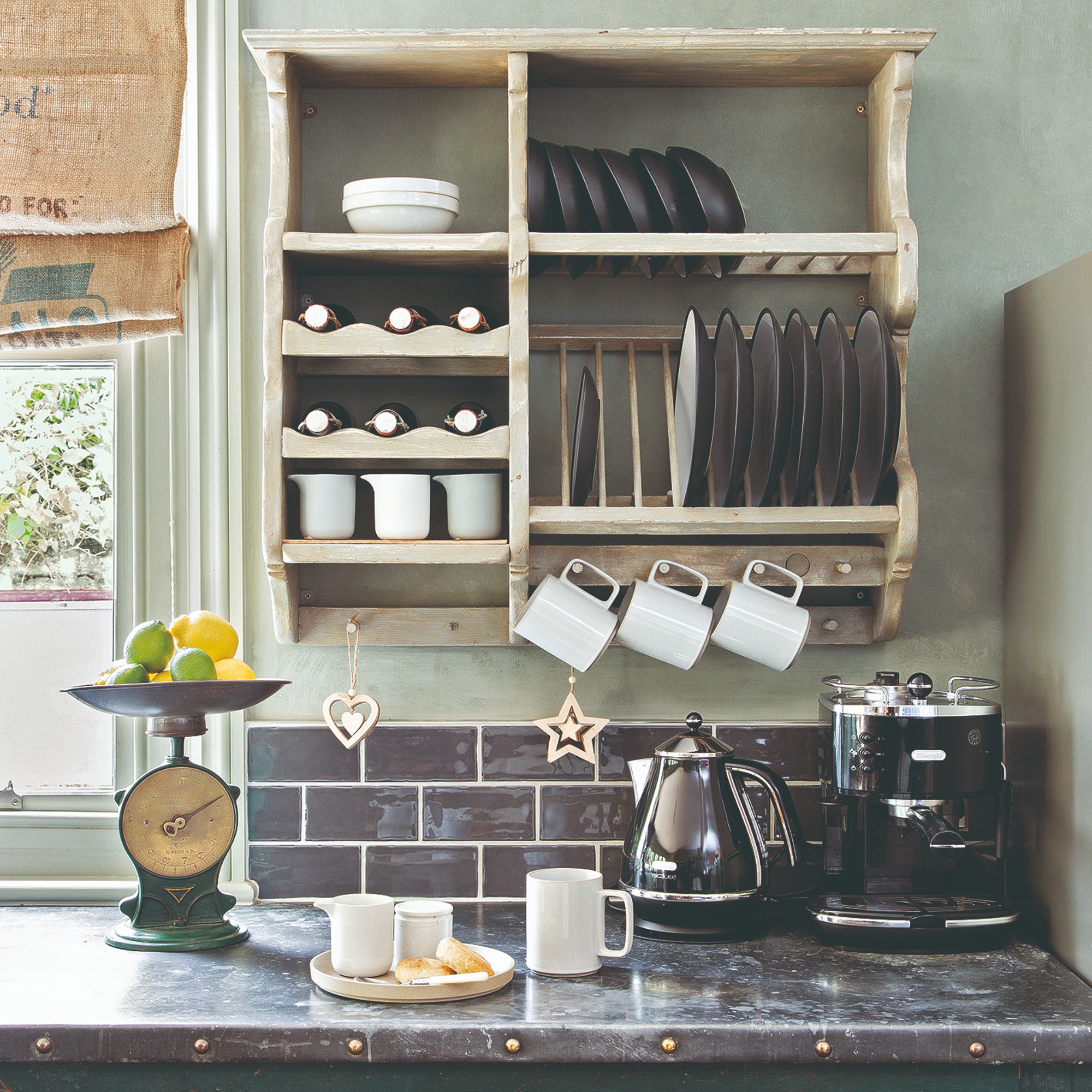
To rid your stainless steel appliances of marks and stains, use a non-abrasive cloth and either a cleaning product formulated above, like the one mentioned above, or a natural alternative. Cleaning with white vinegar is a great option, or you can mix baking soda with water.
Simply apply your solution to the stain and gently rub it away with a soft cloth. Rinse with warm water afterwards for a smooth, polished finish.
5. Banish smears
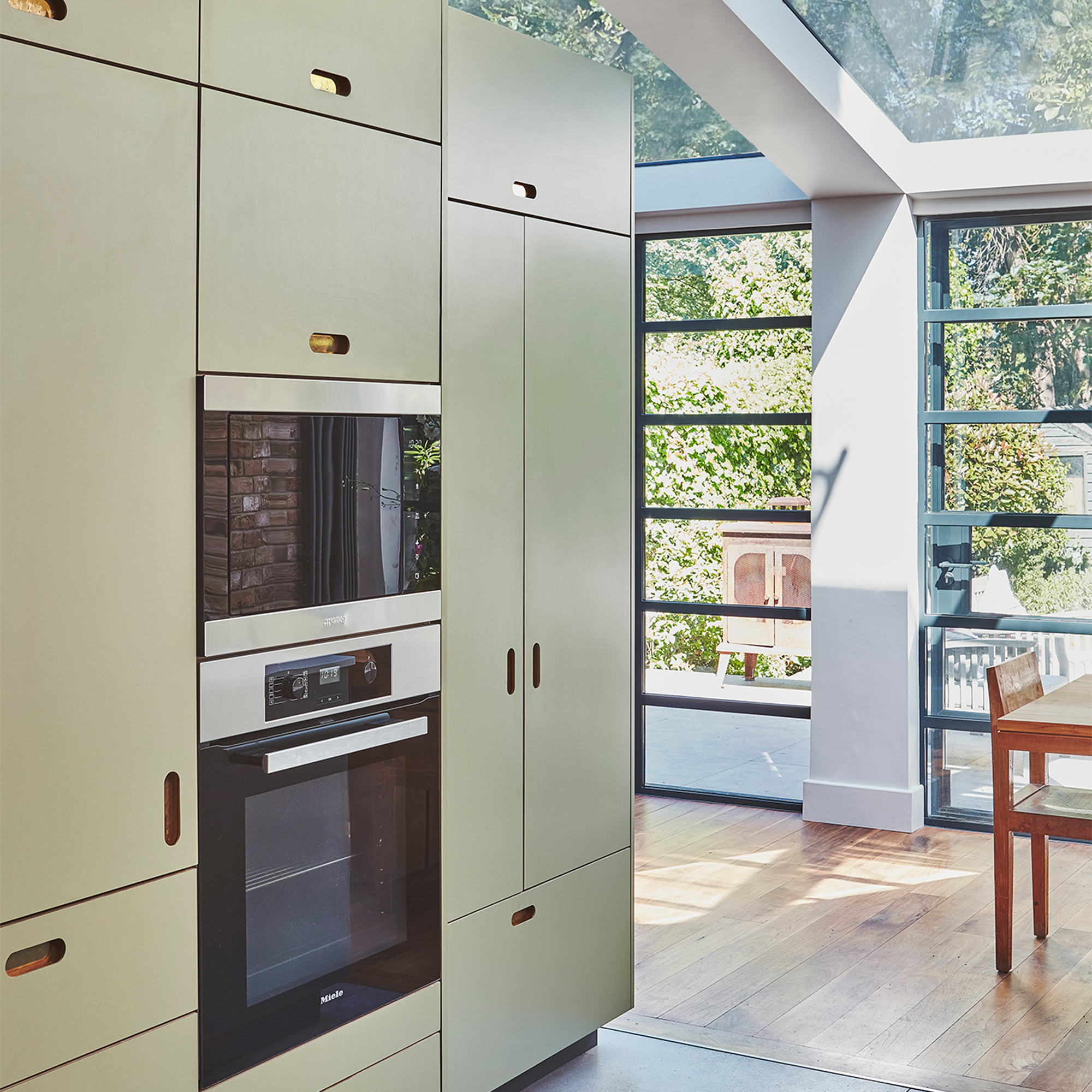
'Fingerprints are often a problem with stainless steel,' says professional cleaner Gervaise. 'A simple fix is to use a glass cleaner on a microfiber cloth to remove smears without leaving streaks.'
This glass cleaner and cloth combination for £7.69 from Amazon will work wonders when it comes to removing smears and streaks. Buff it in to your stainless steel appliances, and use it when learning how to clean windows too.
FAQs
What's the best thing to clean stainless steel appliances?
When learning how to clean stainless steel appliances, it's best to stick to gentle but effective tools and solutions. The key is to find the sweet spot with cleaning supplies that will do the job, without damaging the material.
'When cleaning stainless steel appliances, silicone scrubbers can be an excellent option as silicone is gentle against stainless steel coatings, minimising the risk of scratching or chipping the appliance', says ProCook's head of product, Ron Falconer. 'They are also great for the environment as they last much longer than traditional sponges.'
If you're dealing with really stubborn stains, the experts recommend buying a specific stainless steel cleaner. These are formulated to be powerful enough to get the steel clean again, but without causing any damage. But try cleaning it with white vinegar or baking soda first, as these can often be effective.
'Microfibre cloths are also great for cleaning stainless steel,' Rob adds. 'Simply use warm, soapy water to remove grease and grime, leaving a streak-free finish.'
How to clean stainless steel appliances without streaks?
For a streak-free finish on your stainless steel appliances, the experts recommend going in with a glass cleaner at the end. This will buff away any leftover marks and leave the steel looking shiny and new again.
'When using glass cleaner to get rid of streaks on stainless steel, avoid paper towels or regular cloths that may leave fibers behind, and instead use a microfiber cloth for the best result,' Gervaise from Wecasa says. 'It's also important to spray your solution on the cloth rather than on the surface because spraying too much cleaner on the appliance can leave drips or excess residue on the surface. Less is more.'
Always wipe in the direction of the grain too, otherwise you'll simply end up creating more streaks.
Now you know how to clean stainless steel appliances, you can put all the expert tips into action and get your appliances looking bright and shiny and new again.

Katie has been writing freelance since early 2022, specialising in all things homes and gardens, following achieving a Masters in Media and Journalism. She started out writing e-commerce content for several of Future’s interior titles, including Real Homes, Gardeningetc, Livingetc, and Homes and Gardens. Since then she’s been a regular contributor on Ideal Home’s digital team, covering news topics, how-to guides, and product reviews.